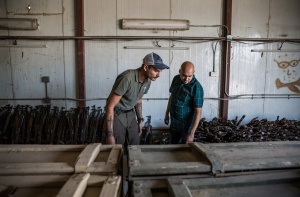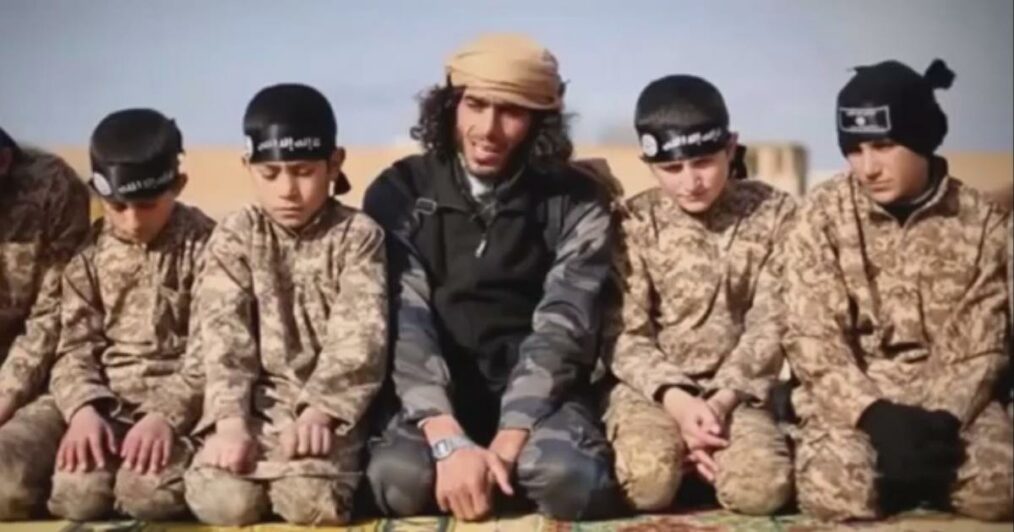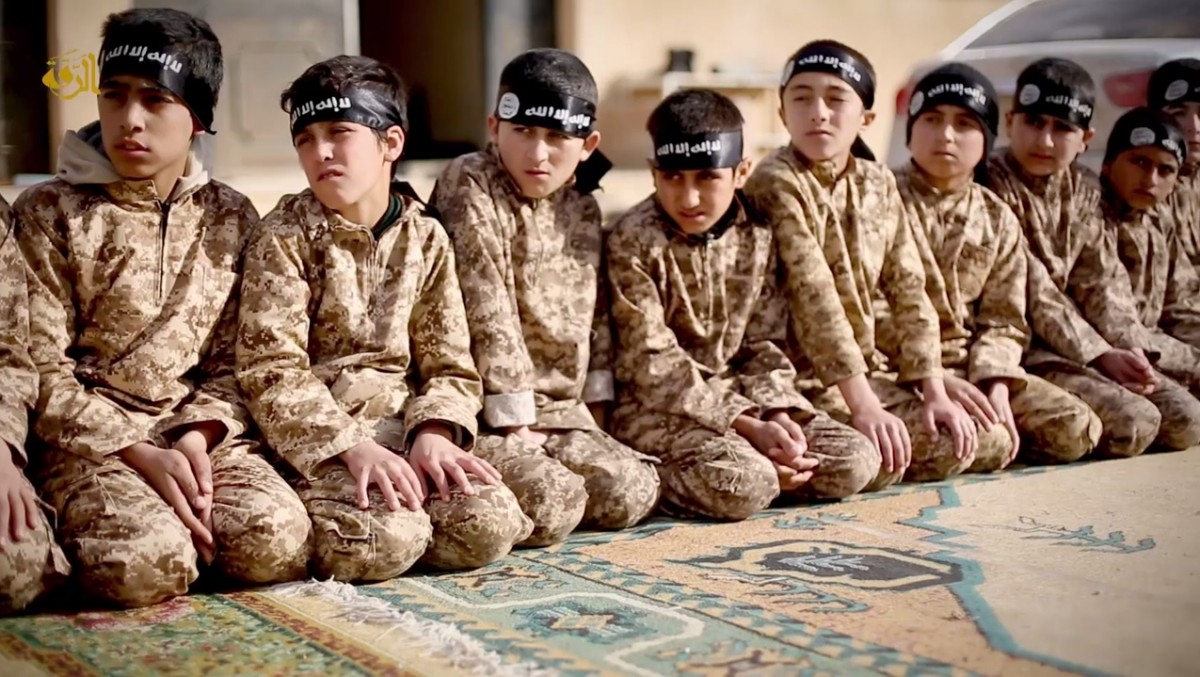Terrorist groups carry out targeted killings for a number of reasons: as a method of internal policing, in response to political repression, or domestic violence, and to exacerbate political or territorial fragmentation. The rate of political assassinations, whether perpetrated by terrorist groups or by regimes themselves, has risen since the early 1970s. Targeted killings are yet another tool in the terrorist’s toolbox, to be deployed against varied targets in the service of any number of motivations.
The Rise to Peace Active Intelligence Database identifies 269 targeted terror attacks worldwide between June 7, 2017, and July 24, 2018. Of these, 180 were claimed by or associated with at least one group, while 89 had unknown perpetrators. The attacks range from individual assassinations to election violence causing dozens of casualties, such as attacks on rallies in Ethiopia and Zimbabwe. The most frequent perpetrator was Al-Shabaab with 48 targeted attacks, followed by Naxal groups with 35, and the Islamic State and New People’s Army with 21 each. Combined, these four groups are associated with nearly 70% of attributed targeted killings in the Active Intelligence Database.
Al-Shabaab
Al-Shabaab was responsible for 48 targeted attacks, often using firearms and carrying out the attack in teams of two. In May 2018, Al-Shabaab released a video depicting an assassination team known as the Muhammad bin Maslamah Battalion, which operates within Mogadishu and the Lower Shabelle region. The video shows the battalion’s camp and training activities, as well as the group conducting drive-by shootings and assassinating targets in urban areas. Al-Shabaab focuses its assassination efforts on military officers, militia members, and government officials. These efforts have long been an important part of Al-Shabaab’s strategy. Targeted killings allow Al-Shabaab to disrupt Somali military and political operations and prevent the government from setting up a stable environment in regions seized from the terrorist group. In addition to firearm assassinations carried out by small teams, Al-Shabaab uses targeted suicide attacks to impact the Somali state. Unlike other groups such as the Naxals, Al-Shabaab attempts to avoid targeting civilians in their assassinations, which suggests an emphasis placed on strategic importance in their target selection. Examples of significant targeted killings perpetrated by Al-Shabaab include the August 2017 killing of Mohamed Ali Elmi, then-governor of the Galgadud region, and the shooting of a senior Somali general and his bodyguard in September 2017.
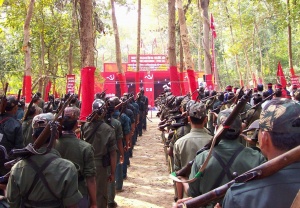
Image Courtesy: NaxalRevolution
Naxals
Naxal groups were responsible for 35 targeted attacks recorded by the Active Intelligence Database. Typical Naxal targeted killings involve a group of attackers storming a village, seizing their target, and killing them with knives or axes. The perpetrators often leave behind pamphlets advocating their cause and justifying the killing. These attacks are often carried out as a means of internal control, as many targets are killed upon suspicion of being police informants. Naxal attacks on civilians are often carried out in times of economic distress when civilians are more likely to turn to government collaboration. The Indian government offers rewards for information leading to the death or arrest of Naxals and state governments have encouraged civilians to join militant groups that work in tandem with security forces. When civilians are incentivized to become informants or otherwise cooperate with government and security officials, Naxal groups step up targeted killings in order to maintain their regional control. The frequency and brutality of Naxal targeting killings suggest a high level of concern with preventing civilians from turning informant. In addition to attacks on civilians, Naxal groups have plotted the assassination of Prime Minister Narendra Modi and were responsible for a 2003 attempt on the life of Chandrababu Naidu, Chief Minister of Andhra Pradesh.
ISIS and ISKP
The Islamic State (including ISIS and ISKP, the Islamic State’s Afghanistan branch) was responsible for 21 targeted attacks. Most often, these attacks were carried out against political leaders and most frequently used either suicide bombs or firearms. Due to the use of suicide bombs, the Islamic State’s targeted attacks often cause collateral damage, with roughly a third of said attacks resulting in more than five casualties. Additionally, with increased targeted killings of police and security personnel, the Islamic State has marked a return to the Soldiers’ Harvest strategy it employed in 2013. The collapse of security following assassinations allows ISIS to maintain hyperlocal control, even after it has lost territory and fighters, as has been the case in recent years. With fewer fighters able to carry out large-scale attacks, targeted killings serve as a force-multiplier with outsized strategic impact, given the resources dedicated to such attacks. The Islamic State also has a history of carrying out assassination campaigns against rival militant groups. ISIS operative Abu al-Baraa al-Saheli was detained and executed by Hay’at Tahrir al-Sham after a number of targeted killings impacted the militant group. ISIS continues to carry out these attacks against its rivals in Syria.
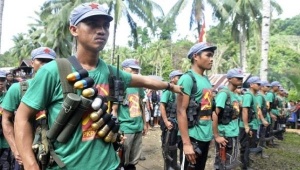
Members of the Maoist New People’s Army. | Photo: Reuters
New People’s Army
The New People’s Army was responsible for 21 targeted attacks recorded by the Active Intelligence Database. Most were individualized attacks, with 15 causing only one casualty each, and all but one carried out with a firearm. The attacks targeted mostly low-level politicians such as village chiefs, policemen, and members of the CAFGU, an auxiliary unit within the Armed Forces of the Philippines. NPA assassination teams, known as Sparrow units, have been active in urban areas since the 1980s. In 1984, the Washington Post reported 80 policemen were murdered by the NPA. In a typical attack, Sparrow unit members “…emerged from a crowd, fired a single bullet into the policeman’s head, grabbed his pistol and merged back into the crowd.” This was an effective tactic, with police and business leaders living in fear of the NPA, but with everyday citizens viewing the rebels as their protectors. Sparrow unit tactics changed in 2012; assassins were deployed in localities to carry out assassinations instead of operating from urban safehouses. In March, President Rodrigo Duterte claimed that the Sparrow units had made a come-back, and he proposed a central marketplace for soldiers to protect against attacks.




